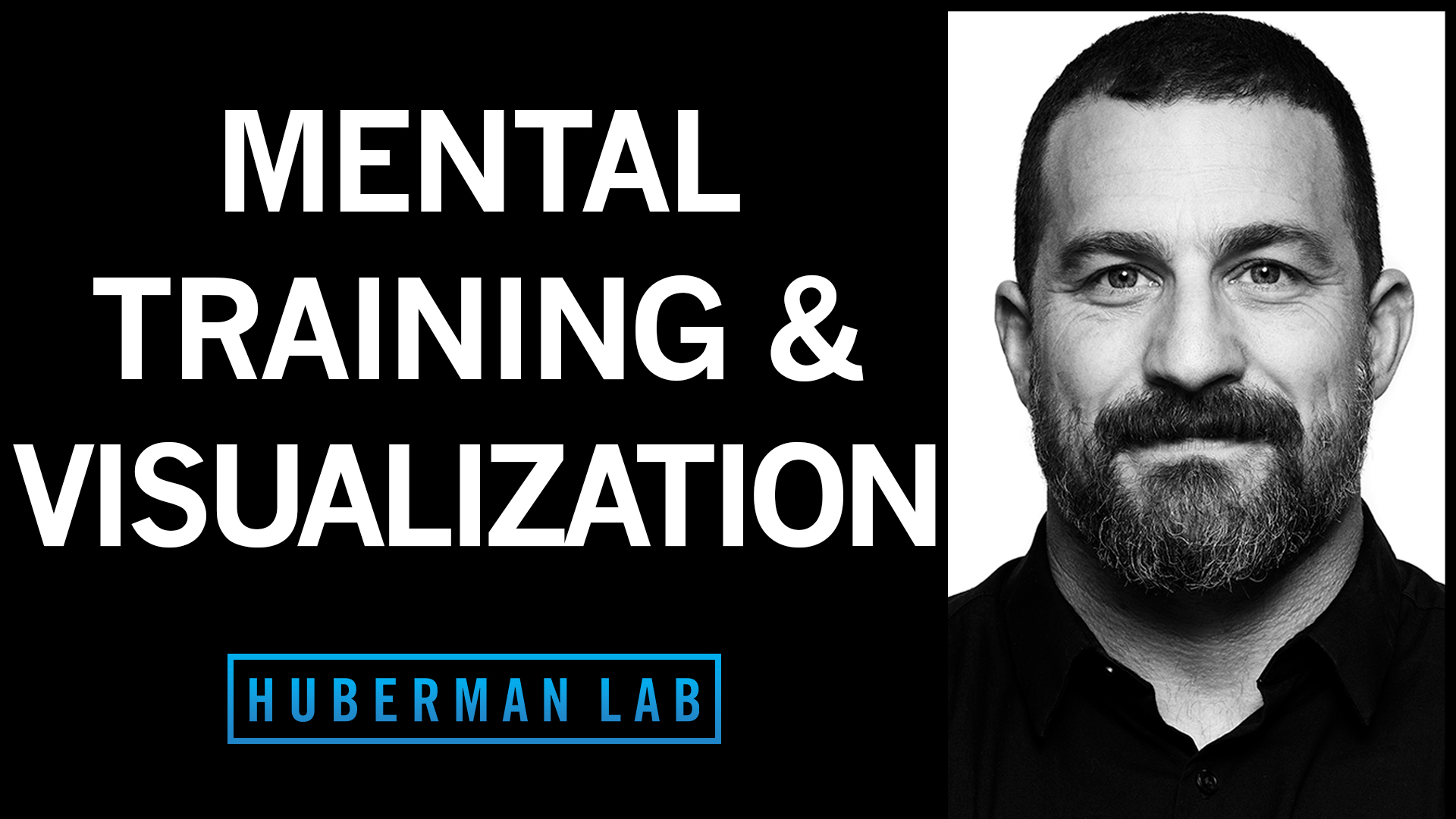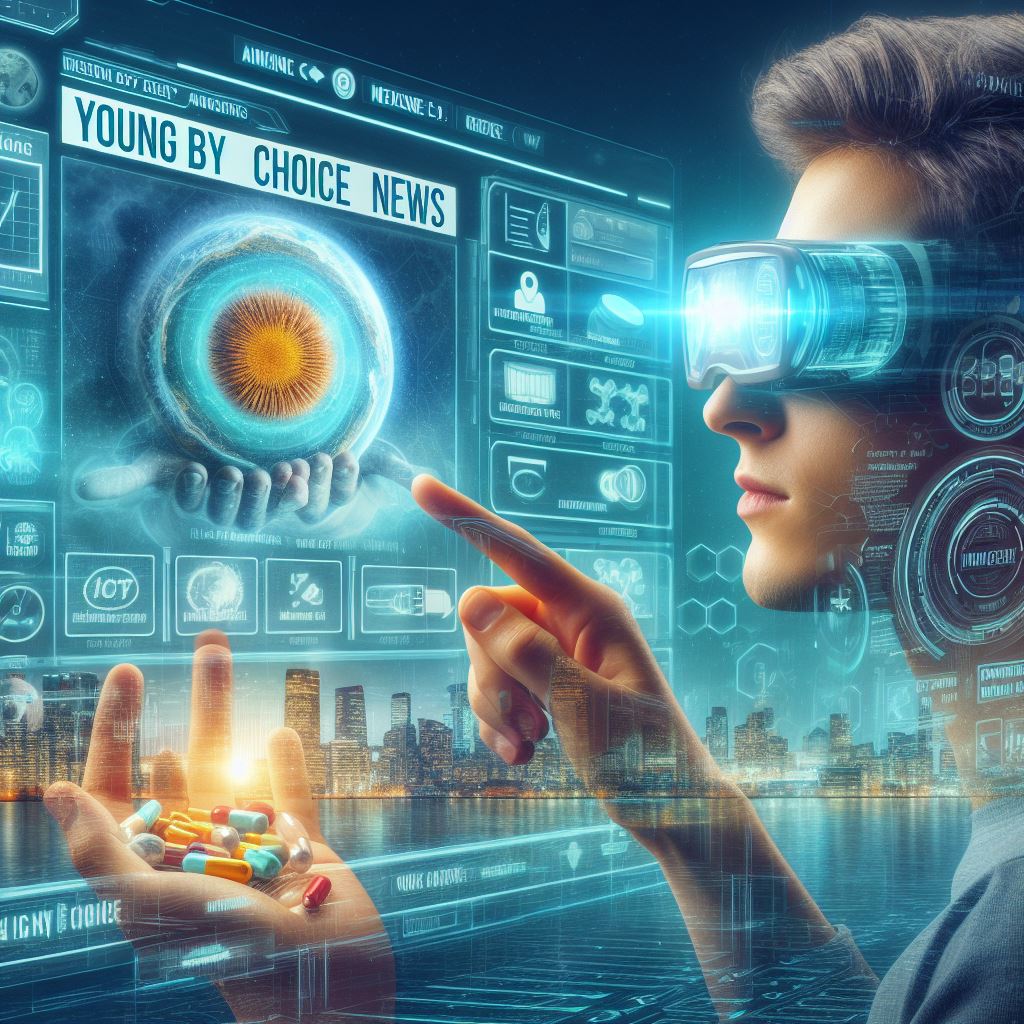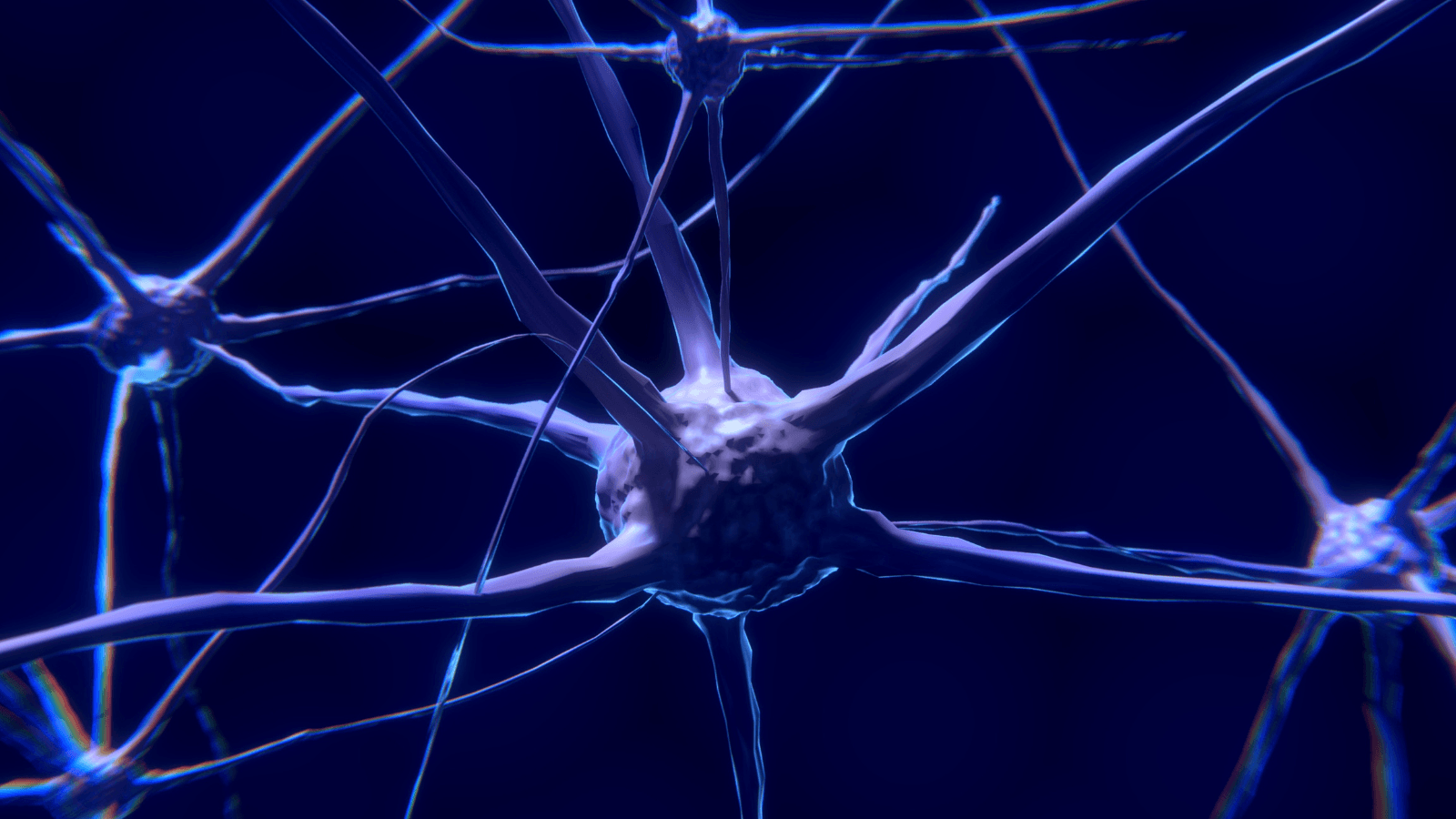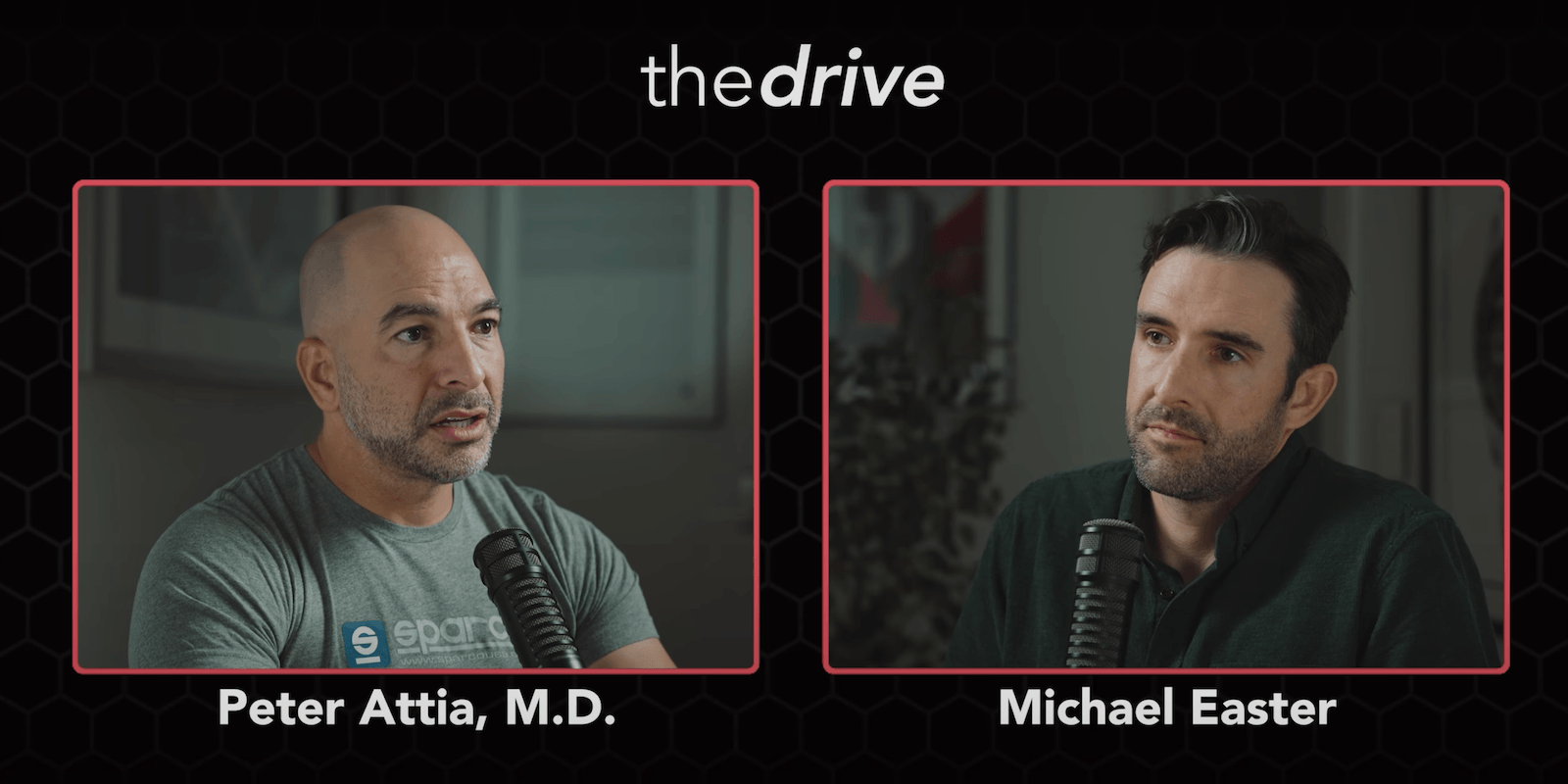Listen: YouTube | Apple Podcasts | Spotify
In this episode, I explore the science of mental visualization and its application for learning motor and cognitive skills. I discuss neuroplasticity-based skill development and the roles of focus, sleep, movement restriction, and agitation. I then present five key principles of mental visualization to enhance learning speed, accuracy, and consistency. I also provide examples of specific protocols, including repetitions, rest periods, and session frequency, and how to adapt these methods for injuries or breaks from traditional training. Throughout, I reference the scientific studies supporting these concepts. This episode should allow anyone to learn or teach more effectively through the use of mental visualization and training.
Articles
Other Resources
Huberman Lab Sleep Episodes
Timestamps
- 00:00:00 Mental Training & Visualization
- 00:04:46 Sponsors: LMNT, Maui Nui, Eight Sleep
- 00:08:04 Developmental vs. Adult Neuroplasticity
- 00:11:42 Learning New Skills: Focus & Sleep
- 00:14:49 Long-Term Potentiation (LTP), Long-Term Depression (LTD) & New Skills
- 00:23:42 Principle #1: Very Brief, Simple, Repeated Visualization
- 00:29:36 Sponsor: AG1 (Athletic Greens)
- 00:30:51 Principle #2: Mental Training Cannot Replace Real Training
- 00:37:36 Principle #3: Combining Real & Mental Training
- 00:43:17 Principle #4: Assigning Real-World Labels to Visualizations
- 00:50:37 Principle #5: Mental Imagery Equivalence to Real-World Perception
- 00:55:28 Tools: Effective Mental Training: Epochs, Repetitions, Sets & Frequency
- 01:03:43 Sponsor: InsideTracker
- 01:05:00 Adding Mental Training; Injury, Travel or Layoffs
- 01:11:09 Timing of Mental Training & Sleep
- 01:15:17 Role of Gender & Age on Mental Training
- 01:17:10 First-Person vs. Third-Person Visualization; Eyes Open vs. Closed
- 01:23:53 Physical Skills, Motor Cortex & Cerebellum
- 01:31:15 “Go” & “No-Go” Pathways
- 01:34:19 Stop-Signal Task, Withholding Action
- 01:44:19 Aphantasia, Synesthesia; Social Cognition
- 01:52:58 Mental Training Practice & Benefits
- 01:57:36 Zero-Cost Support, YouTube Feedback, Spotify & Apple Reviews, Sponsors, Momentous, Social Media, Neural Network Newsletter















